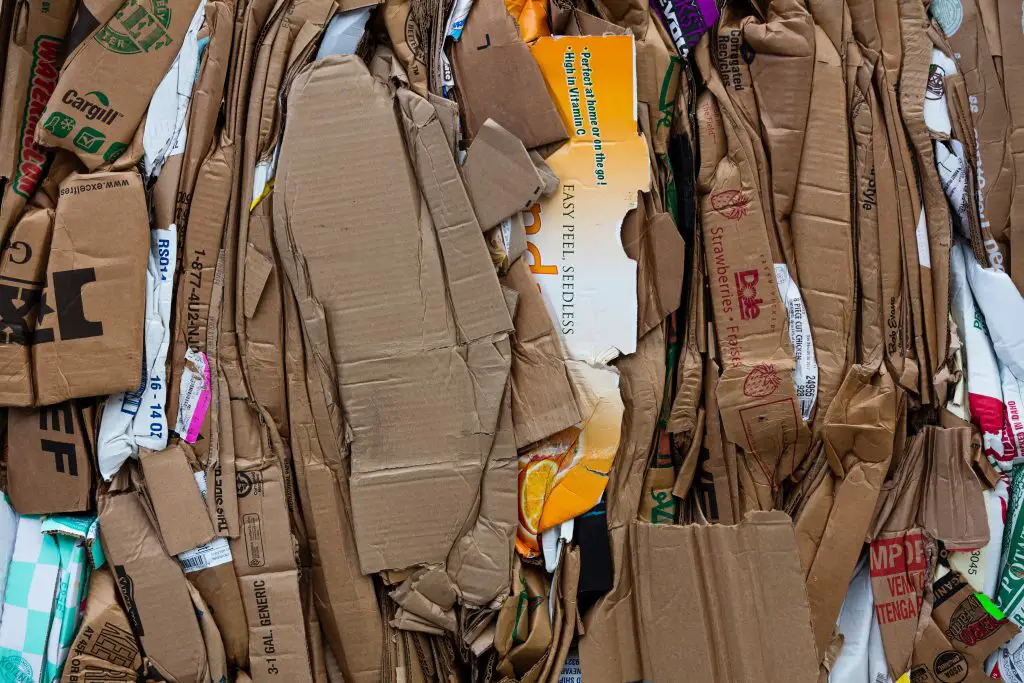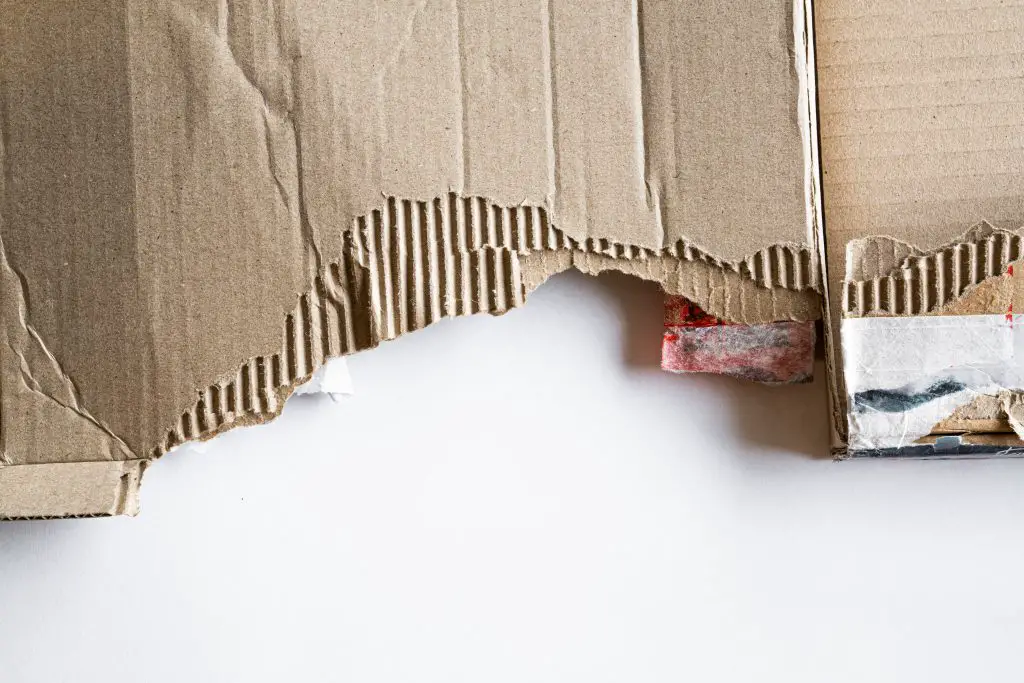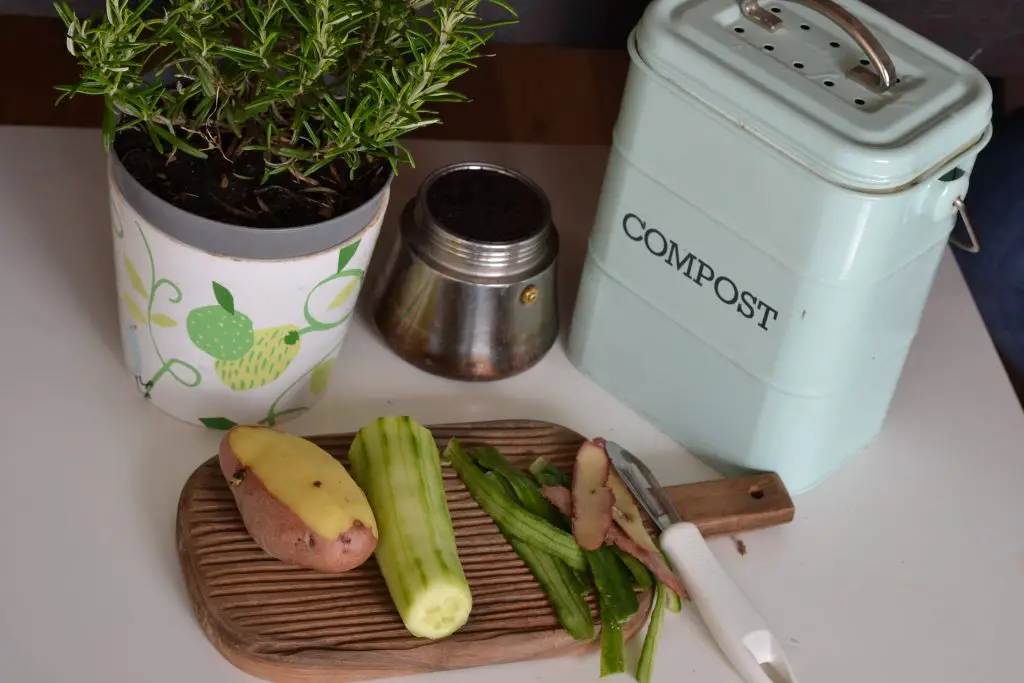Can I Compost Cardboard And Paper? As part of our daily lives, we use huge volumes of paper and cardboard every single day much of which ends up in landfill. Is it possible to dispose of the cardboard and paper in a more sustainable way by composting it?
Cardboard and paper is theoretically compostable because the base material that is used to make these products comes from trees. However, not all paper and cardboards are compostable because of the coatings that are applied to these products when used in applications such as packaging which do not breakdown ready.
As a general rule paper and cardboard that are used to hold liquids, such as disposable coffee cups and milk cartons, generally are not suitable for putting into a compost heap this is because these types of applications require the packaging to have some sort of coating on the inside of the cartons to ensure that they maintain their structural integrity.
The types of coatings that are generally used are either wax-based coatings or polymeric coatings which are generally non-biodegradable.

How To Tell If Paper Or Cardboard Is Complete Biodegradable?
There are a few general rules that you can apply to your cardboard and paper to identify whether they are fully biodegradable. As mentioned above the first general rule that you should apply is if is designed to hold liquids it is not suitable for the compost.
The second rule to apply is the cardboard or paper glossy. Any cardboard that is glossy will typically have a relatively thick coating on the surface of the box and is not suitable for composting. Companies within the printing industry will commonly apply printing to the box and then put a second coating over the top of the surface box which is referred to as an overprint varnish.
The overprint varnish serves as a protective coating to protect the appearance of the box for an extended period of time. As a general rule the higher the gloss of the surface the thicker the coating will be in most cases. These coatings are generally more expensive and they are usually reserved for packaging relatively high-value items that need to last a little bit longer.
However, not all coatings are designed to be glossy so if you are unsure about whether the packaging has a coating on the surface there is a simple test that you can apply which is useful for detecting the presence of things like wax coatings.
To do the test place a drop of water on the surface of the paper or cardboard if the water does not absorb into the surface of the cardboard relatively quickly that is an indication that there is some sort of coating on the surface. Additionally, you also may notice that the water on the surface of the cardboard will bead up in a similar manner to water on the surface of a car.

How Long Does Cardboard And Paper Take To Breakdown In A Compost Heap?
The rate that cardboard and paper items take to break down in a compost heap will depend greatly upon the nature of the item and how it has been treated prior to being added to the compost heap. Items that have been shredded will break down much faster.
Typically, recycled corrugated cardboard, which is the brown stuff that packing boxes are made out of, that has not been shredded at all will take around about 6 to nine months to break down depending upon the conditions within the specific heap. However, this rate of Breakdown can be increased to 3 to 4 months if the cardboard is ripped up into small pieces.
In the case of paper this greatly depends upon whether it is newspaper or office paper because these papers have a different composition which can affect the rate of decay. Newspapers contain a cheap clay filler called bentonite which helps in reducing the cost of the material but does very little in terms of extending the life of the paper.
This means that newspapers will break down extremely quickly within a matter of a week or two whereas office paper will take substantially longer. The reason for this is that office paper contains calcium carbonate which is included in the paper as an acid reserve to reduce the effects of carbon dioxide which is acidic.

Carbon dioxide in the atmosphere will typically break down the fibres within the paper relatively quickly without the presence of calcium carbonate which is one of the reasons why you’ll often see newspapers turning yellow within a matter of a couple of days. Typically for office papers a breakdown fully it requires around 2 to 3 months.
How To Maximise The Rate Of Breakdown In A Compost Heap
To accelerate the rate of breakdown of paper and cardboard one of the most important things to do, as mentioned above, is to shred the paper or break it down into small pieces. The reason this is important is that it increases the surface area of the paper allowing the microbes to work on a greater volume of material.
In addition to this basic step, it is also advisable to ensure that you add the paper or cardboard in relatively thin layers with other materials such as garden waste and food scraps. If the cardboard is added to a compost heap in relatively thick layers the rate of breakdown will be much slower.
Additionally, when constructing your compost heap it is ideal to ensure that it is relatively large as this will increase the temperature at which the composting process occurs. Typically, large compost heaps that are greater than 3 ft wide and deep will typically produce temperatures around 120 to 140F (50 to 60C). These temperatures accelerate the rate of reaction that is occurring within the compost and generally make it break down much much faster.
However, for most people living in an urban property, it is difficult to create a compost heap of that size, but even if the compost is smaller the material should still break down slowly over time.
What Can You Do With Cardboard That Is Not Biodegradable
There are a couple of ways that you can use up non-biodegradable cardboard in your home or at the very least reduce the volume of waste that goes to landfill, however, both methods are far from ideal.
The first option you have is to soak the cardboard in water for an extended period of time which will result in it being able to be peeled off the coating on the surface of the cardboard. If the coating is able to be removed then the remaining cardboard can be put into the compost heap and the coating can be disposed of in your council bin.
The second option,if you have an open fire is to use non-biodegradable cardboard in your fire to start it instead of newspaper which will destroy the coating leaving only ashes that can be spread directly onto your garden or placed in the compost heap. However, this method can only be used sparingly and in many regions is frowned upon by the local authorities.
I hope you found this article useful and you are able to dispose of at least some of your cardboard through a compost heap. If you have any additional comments or questions please leave them in the section below.
Relevant Articles
Can You Compost Potatoes? Or Will They Start Growing?
What To Do With Wood Chips From Chipper? (Here are 10 Ways To Use Them)
